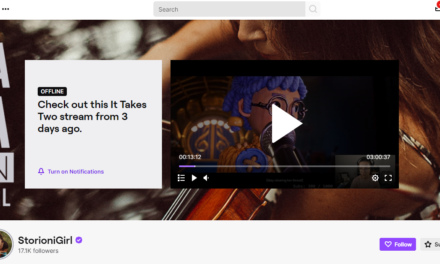Kaleigh Moore operated her one-person business for a few years when illness intervened. To sustain the business, she needed a backup solution. That’s when she started to expand the team, adding a freelance content creator. Now, she works with anywhere from three to 15 subcontractors – and her income has grown substantially.
Here’s some of her advice (and a little of my own) on how you can find a backup that she shared at Creator Economy Expo 2022.
1. Find pre-screened candidates: Instead of putting out an open or cold call for creator help, get referrals from people in your niche. Ask people in your network who they work with or might know. Post your inquiry in the digital communities to which you belong. If you have a strong subscriber base, consider asking them, too.
2. Conduct a thorough screening: Yes, you’ll need to learn if they have the skills to create the content as any traditional employer would want to know. But you also need to understand their freelance business. So ask questions like these – How long have you been freelancing? What is your area of specialty? What are your rates and average turnaround times for content? How soon are you available to begin a project?
3. Develop an onboarding guide: To help the contractors who work with your business, create a welcome-to-your-business kit. Detail your background. Explain the business – your target audience, partners/sponsors/advertisers, content tilt, content distribution, business goals, success metrics, etc.
Detail your basic expectations of good content creation. To reinforce that, share examples of your content products. Get into granular details such as your style guide of choice, content submission process, edit-and-review workflow, etc.
Yes, this work often requires documenting processes and preferences that you’ve just been doing as a one-person business without giving them much thought. So use the time to think about if what you do is still the best way to do it with multiple people – change as necessary.
(The onboarding guide is a separate document from the written agreement spelling out the contractual relationships between your brand and the freelancer. It also is different from a content brief that details the specifics of an assignment.)
4. Stay involved: Don’t just make an assignment and forget it until the due date. Use a project management tool to track what’s happening. Conduct regular productive check-ins with your freelancers to understand what’s working, what they may need help with, and how you can better the relationship and product.
Kaleigh recommends documenting their performance, so you understand (and remember) the strengths and weaknesses of each person’s work.
5. Implement a two-strikes policy: If the freelancer’s work is subpar quality – and you provided feedback – end the relationship after two strikes. As Kaleigh explains: “This is an indicator that they’re either overworked, not a good fit for the material, or struggle to follow directions.”
Resources:
Know When To Outsource in Your Creator Business and How To Hire Freelancers
About the author
Ann regularly combines words and strategy for B2B, B2C, and nonprofits, continuing to live up to her high school nickname, Editor Ann. An IABC Communicator of the Year and founder of G Force Communication, Ann coaches and trains professionals in all things content. Connect with her on LinkedIn and Twitter.










